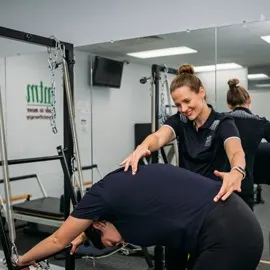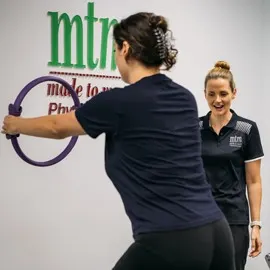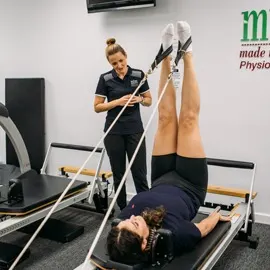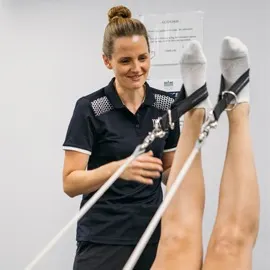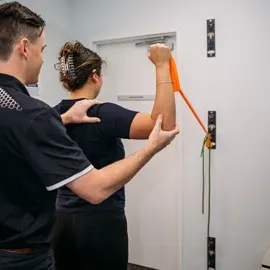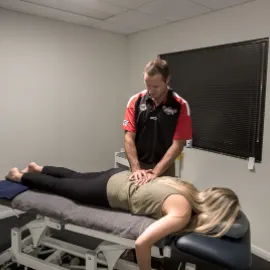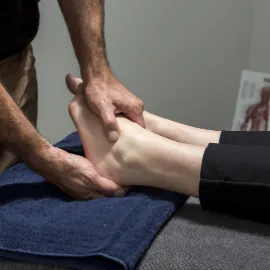5 Tips to Manage Plantar Fasciitus
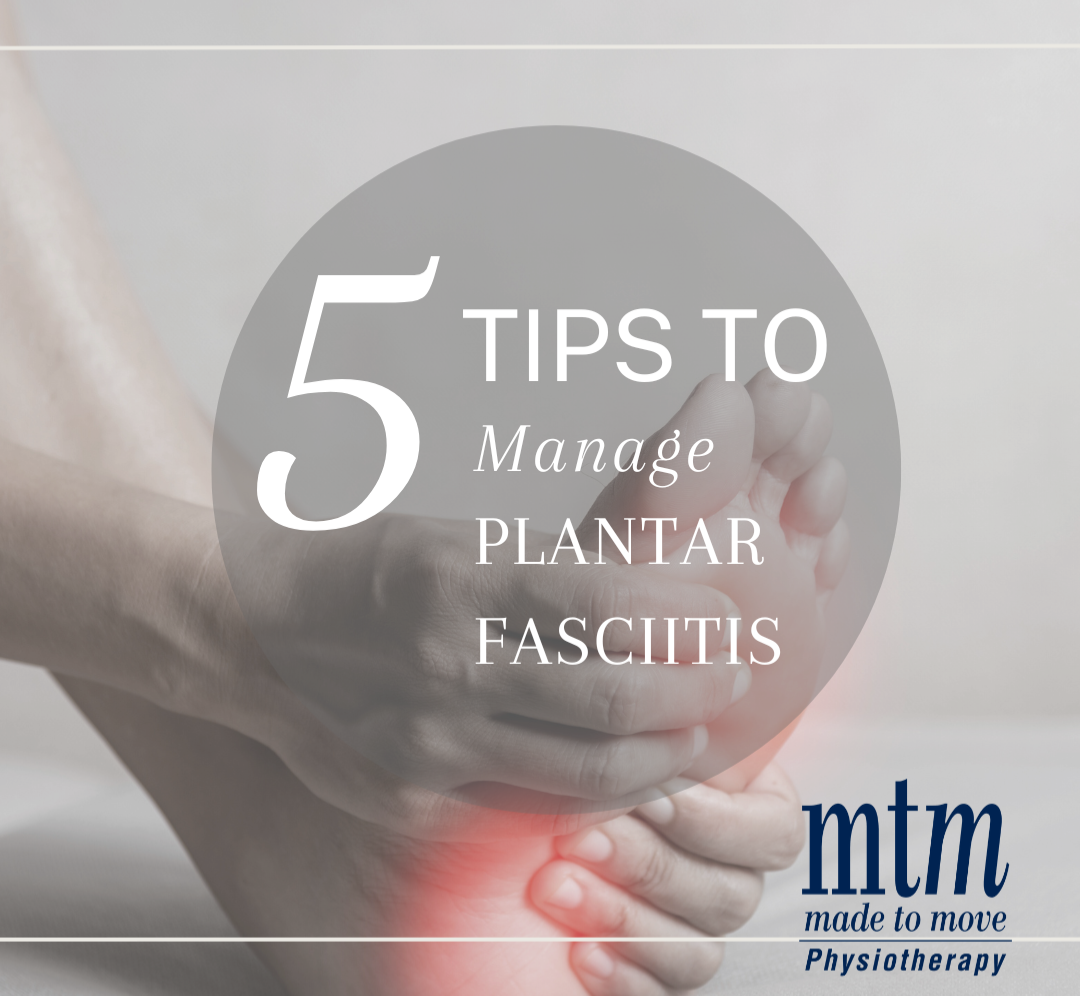
At MTM Physiotherapy, we regularly help patients get back on their feet (literally). If you’re struggling with plantar fasciitis, here are 5 effective tips to help manage your symptoms and support your recovery.
1. Stretch Your Calves and Plantar Fascia Daily
Tight calf muscles can increase tension on the plantar fascia. Regular stretching helps reduce this stress and improves flexibility.
Try this:
- Calf stretch: Stand facing a wall with one foot behind the other, both feet pointing forward. Keep your back heel on the ground and gently lean forward until you feel a stretch in the calf. Hold for 30 seconds and repeat 2–3 times.
- Plantar fascia stretch: Sit down, cross one leg over the other, and gently pull your toes back towards your shin until you feel a stretch along the arch of your foot.
2. Ice and Massage the Affected Area
Inflammation and irritation are key contributors to pain in plantar fasciitis. Ice can help reduce inflammation, while massage increases blood flow and relaxes tight tissues.
Tips:
- Roll a frozen water bottle under your foot for 5–10 minutes.
- Use a massage ball or tennis ball to roll out the arch of your foot, especially after long periods of standing.
3. Wear Supportive Footwear – Even at Home
Walking barefoot or in unsupportive shoes can worsen plantar fasciitis. Your feet need cushioning and arch support at all times.
Look for shoes that:
- Have a supportive arch and cushioned heel
- Fit well and don’t compress the foot
- Avoid wearing flat thongs or old, worn-out runners
- Orthotics or over-the-counter shoe inserts may also help redistribute pressure and support your foot’s natural alignment.
4. Gradually Modify Your Activity
While rest is important, complete inactivity can slow recovery. A gradual return to activity, with modifications, can help maintain mobility and strength.
Advice:
- Avoid high-impact exercises like running or jumping until symptoms settle.
- Replace them with low-impact alternatives like swimming or cycling.
- Increase your walking or standing time in short increments, guided by pain levels.
5. See a Physiotherapist Early
The sooner you get the right advice, the faster you can heal. A physio can assess your gait, strength, and flexibility, and provide tailored treatment to address the root cause of your pain.
At MTM Physiotherapy, we offer:
- Manual therapy to reduce tissue tightness
- Individualised stretching and strengthening programs
- Dry needling (if appropriate)
- Advice on footwear and orthotics
Final Thoughts
Plantar fasciitis is manageable – and most people recover well with the right combination of self-care and professional support. If heel pain is stopping you from doing the things you love, don’t wait for it to worsen.
Book an appointment at MTM Physiotherapy and let’s get you walking comfortably again.

Ask a Physio
Not sure whether you are appropriate for Physiotherapy?
Fill out the form and one of our physiotherapists will be in touch with you within 24 hours.











